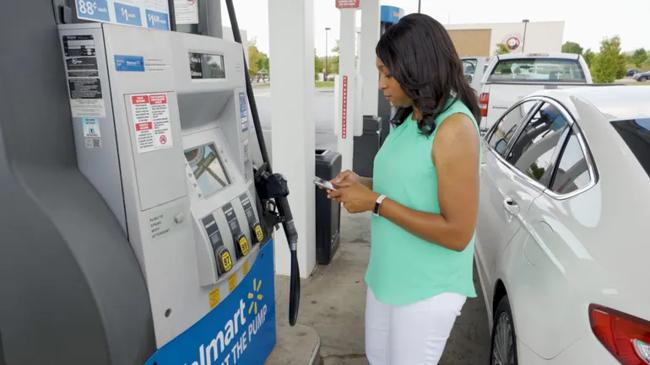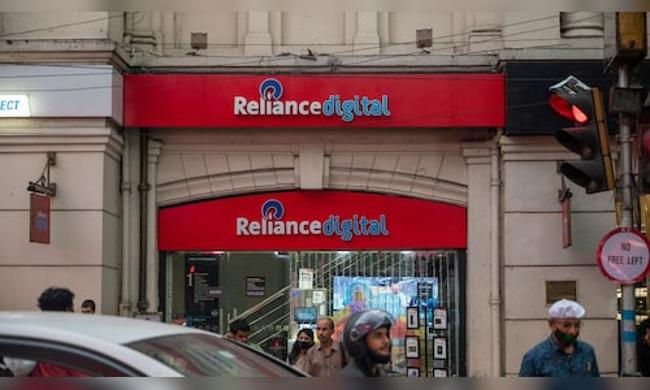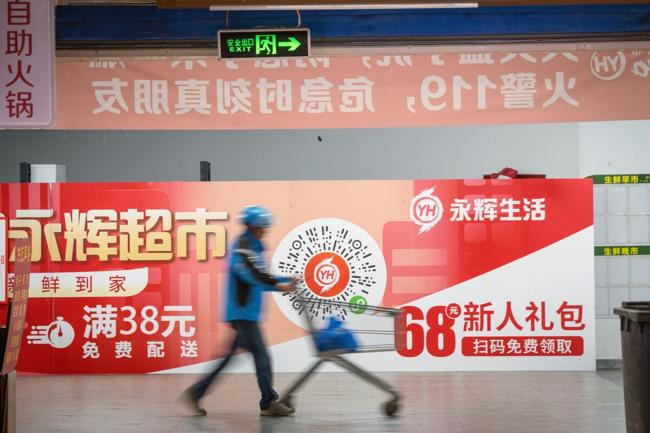Summary
The supercenter retailers growing gas station business can drive trips as well as tie in with its membership program and e-commerce services.
Source: Grocery Dive

AI News Q&A (Free Content)
Q1: How is Walmart's gas station business model similar to Costco's, and what unique strategies are they implementing?
A1: Walmart's gas station business model, inspired by Costco, focuses on driving customer trips through fuel discounts tied to membership programs. Similar to Costco's strategy, Walmart aims to integrate its gas stations with its e-commerce services and membership offerings, enhancing customer loyalty and increasing store visits. This strategy not only supports its retail operations but also leverages its vast network to create a seamless shopping experience for consumers.
Q2: What innovations are being introduced in the gas station industry according to recent scholarly research?
A2: Recent scholarly research highlights that the gas station industry is undergoing significant transformation through the integration of Artificial Intelligence (AI), Machine Learning (ML), and the Internet of Things (IoT). These technologies are enabling predictive analytics, dynamic pricing, and personalized customer engagement, thus redefining the fuel retail experience. Future gas stations are expected to evolve into intelligent retail hubs, offering real-time monitoring and automation to enhance operational efficiency and customer satisfaction.
Q3: How does Walmart's membership program tie into its e-commerce and fuel offerings?
A3: Walmart's membership program is intricately linked to its e-commerce and fuel offerings by providing members exclusive benefits such as fuel discounts and free shipping on online orders. This integration not only incentivizes membership sign-ups but also encourages increased spending across Walmart's retail and online platforms. By aligning fuel discounts with e-commerce perks, Walmart enhances customer value and loyalty, driving more frequent visits and purchases.
Q4: What impact has digitalization had on the food supply chain and retail business models?
A4: Digitalization has significantly impacted the food supply chain and retail business models by disrupting traditional operations and introducing innovative approaches. The shift towards e-commerce and the adoption of digital technologies have forced retailers to innovate their business models to meet changing consumer demands. This includes enhancing value proposition and delivery processes, with digitalization enabling more efficient operations and better alignment with consumer preferences.
Q5: How does the 'on-the-way' choice model apply to gas station retailing, and what are its implications?
A5: The 'on-the-way' choice model in gas station retailing suggests that consumers make fuel purchase decisions based on convenience and trip efficiency. The model indicates that consumers may choose stations either for immediate accessibility or proximity to their main destination. This has implications for segmentation and competition, as retailers must understand these strategies to tailor their offerings and optimize location decisions to attract different consumer types.
Q6: What are the benefits of integrating AI/ML and IoT in the gas station industry?
A6: Integrating AI/ML and IoT in the gas station industry offers numerous benefits, including enhanced predictive analytics for inventory and pricing, improved customer engagement through personalized services, and increased operational efficiency via real-time automation. These advancements lead to a more responsive and customer-centric retail environment, potentially increasing customer satisfaction and loyalty.
Q7: How does the integration of gas stations with retail supercenters like Walmart influence consumer behavior?
A7: The integration of gas stations with retail supercenters like Walmart influences consumer behavior by providing added convenience and incentives. Customers benefit from one-stop shopping, where they can fuel their vehicles and shop for groceries and other needs in a single trip. This convenience, combined with membership benefits and fuel discounts, encourages more frequent visits and increases overall spending at the supercenter.
References:
- Gas Station of the Future: A Perspective on AI/ML and IoT in Retail Downstream
- Food Supply Chain and Business Model Innovation
- Where to Refuel: Modeling On-the-way Choice of Convenience Outlet
- Walmart





